
The Kofunecho Tenno Festival was held from September 13 to September 15. When I was in elementary school, my father's parents' house was a big portable shrine! I was surprised by the bustle of the streets and neighborhoods. News that the population of Chuo-ku this year exceeds 160,000 for the first time in 59 years. However, as commercial buildings have progressed, it seems that population growth is not expected here in Kobuna-cho. Officers of the festival ... "The vitality of the area is getting weaker, there are few local bearers."...You look lonely....It's Cultural Heritage that lasts 340 years~
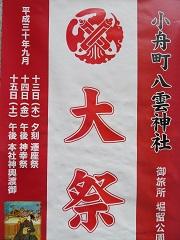
The origin of the Kofunecho Tenno Festival ... This year is the first festival in five years.
One of the three major festivals in Edo, along with the Kanda festival Sanno Festival. Three shrines on the grounds of Kanda Myojin, which was regarded as the guardian angel of Edo, began to be entrusted to the town of village headman in 1616 by the Shogunate, and the Tenno Festival was inherited 340 years ago by Kodemmacho.
The Kobunamachi Tenno Festival, which usually goes back once every four years, and a large portable shrine (resting place of portable shrines) was built in the nearby Horidome Children's Park, which took three years to complete the production in 1932 (portable shrine was destroyed by the Great East Japan Earthquake).
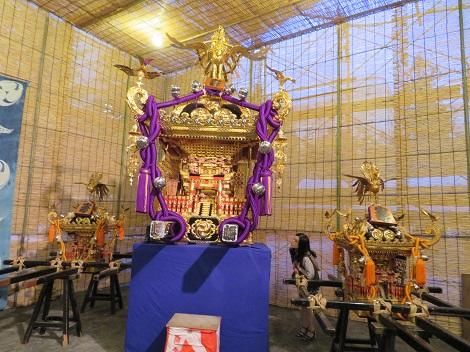
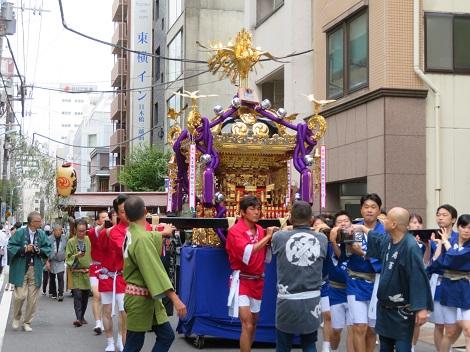
On the first day of the festival, "relocation ceremony" was held on the first day. On the 8th of the following day, portable shrine, led by chief priest, took a trolley around Kofune-cho, where the company leader carrying of miniature shrines was held in the evening.
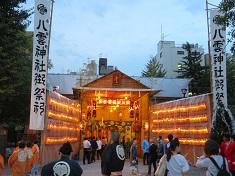
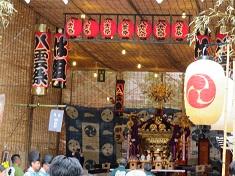
"The old days of Kofune-cho" was the gateway to Nihonbashi wholesaler district....It is a 5-minute walk from Nihonbashi Mitsukoshi in the direction of Ningyocho. Filling the old Shakujii River and making it urbanized. Kofune-cho and Horiecho (transferred to Kofune-cho in the early Showa era), which border the two east and west moats left, are Edo Minato from the Edo era to the early Showa era. A logistics center with a wide variety of wholesalers in the city across the road. It is said that there were many shoppers in Horie-cho. The Nishiboriru River was buried in 1929 (1929) due to the pottery of the Great East Japan Earthquake, and the Higashiboriru River was reclaimed in 1949 (1949) by the disposal of surplus soil from the war, and became Horidome Children's Park. . In addition, Kofune-cho is the place where Zenjiro Yasuda, the founder of Yasuda Zaibatsu, opened a currency exchange business. It is also the place where the oil businessman Tsunekichi Ogura started the business.
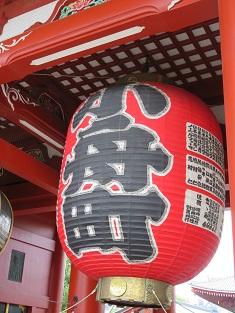
The origin of Senso-ji Temple's "Obunamachi Japanese lantern".
In 1684-87, a merchant in Kofune-cho, who made a fortune by handling fresh fish and bonito flakes, expressed his spirit of faith, and dedicated the large Japanese lantern (3.75m high, 400kg weight), which wrote the name of Kofune-cho in Senso-ji Temple (now Hozomon) for more than 350 years....(From Kobunamachi's bookmark)
October event of Kofune-cho & neighboring town!
●Ningyocho, Ningyocho: October 4-6 (Sat)
●Tenten Festival : Sunday, October 7
●Ebisu Lecture Bettara City: October 19-20 (Sat)

